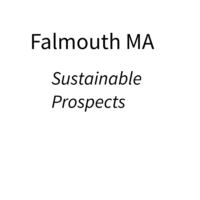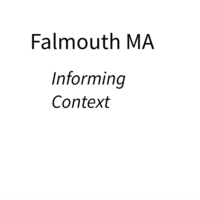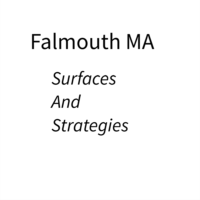Lecturer, London College of Communication & University of Westminster, Co-Founder & Director, Herepress
Harry Hardie is a Lecturer in photography at LCC and the University of Westminster. He co-founded and is Director of Here Press – an award-winning book publisher dedicated to exploring new and unconventional forms of documentary photography in book form. Previously Harry was director of HOST Gallery, a London-based photojournalism and documentary photography gallery exhibiting everything from classical black and white reportage to contemporary mixed media. Harry also worked at the Times for a number of years, starting as the assistant to the Director of Photography before becoming Photo Editor for The Times LUXX lifestyle magazine.
Harry provided his perspective on publication of work and started his talk by using a number of quotes to illustrate his point of view.
Robert Capa “If you pictures are not good enough you are not close enough”
Todd “If your pictures are not good enough you are not reading enough”
He felt that what these two quotes are trying to say is that you have not invested enough in your project either emotionally or through research.
Harry proceeded to explain how a quote from Life Magazine was his initial view on the reasons behind Herepress’ mission however more recently he feels that a quote by Nicolas Rothwell better describes what he and his partner are looking to achieve.
He explained in his opinion Photography and Design are bedfellows where bad design can ruin a photographic concept however great design can help support a weaker set of images. Photography is the language while design in the accent used.
There are four pillars to a well executed project:
- Content
- Concept
- Design
- Dissemination
Harry proceeded to illustrate his point by examining a number of photographers and their projects.
- Natasha Caruara was the first photographer he discussed looking at a number of different projects. The first was a project related to people selling their wedding dresses on eBay. They had used images from their wedding to illustrate how the dress looked while using different techniques to hide the face of the bride or in many cases the couple. The project asks many questions about how much those people valued their wedding day. Natasha had worked with Harry on a second project where she had dated married men from a website while secretly filming and recording the events that took place on the date. Harry felt their was a common theme running through Natasha’s work that relates to relationships however there is an element of deceit in these two projects. Harry asked Natasha about the sources for her projects. Many of the ideas for her projects come from the short 1in by 1in stories that are published in the Metro and Evening Standard. In fact she has a folder of clipping each of which could be the idea for a project after conducting further research into the subject.
- Ben Roberts was the second photographer and Harry highlighted Ben’s project based on the Occupy Movement which was a reaction to an article in the Daily Mail that suggested the occupy movement was initiated by middle class people who had pitched the tents yet went home to their suburban beds to sleep at night. Ben got permission to photograph the inside of the tents while asking that the tents were empty when he took the photographs therefore turning the Daily Mail story on its head. The project was published as a magazine to align with the culture of the people who were part of the movement.
- The next photographer was Edmund Clark (who I have referenced a number of times through my CRJ). Harry talked about the Control Order House project and the creation of the book. He explained that Control Orders were a form of detention with agreed terms that if broken by the person subject to the Control Order would result in them being charged with terrorist activities. Edmund negotiated with the Home Office to spend time working in one of the houses used for Control Orders though after a few days the Home Office informed Clark his stay at the property had been approved in error and he had to leave immediately. When the reviewed the images they realised that none of them was any good to tell the story. Through careful design they managed to combine the images with details of a control order that tells a story of these anonymous places of detention that that could any suburban house.
- A book by Jason Lazarus was a series of images that tell the story of who introduced you to the band Nivarna. Harry explained how the book was designed to ensure that it would not just be read once and then discarded. Images from different people were allowed to bleed across pages to knitting images together. The images were numbered and the text was placed at the back of the book similar to the positioning of lyrics in an album. (Reflection: A clever use of design to introduced additional layers of reference to the book.)
Harry provided a few closing comments on the publication of books:
Hardback books do not mean better books instead you should decide if a hard cover fits in with the concept for the book.
When pitching a book to a publisher there are two sentences that you should have in your head.
- What is the project about?
- What do the pictures communicate?
In a pitch you can you use a few pretentious words that will help capture the imagination.
Harry explained that HerePress find projects that are not fully formed interesting because they represent a chance fo the publisher to contribute on the project. HerePress are moving away from pure photobooks towards that have more text. HerePress have a reputation of getting good press coverage for their books yet press coverage in a broadsheet does not necessarily translate into book sales.




